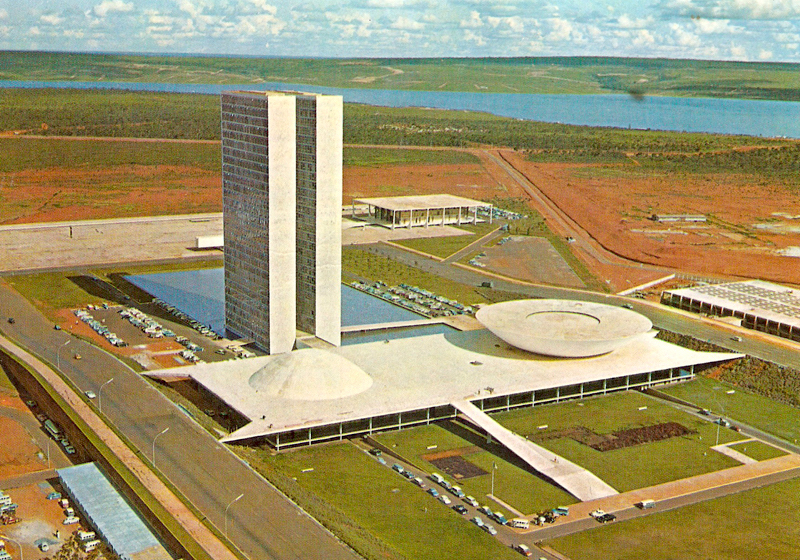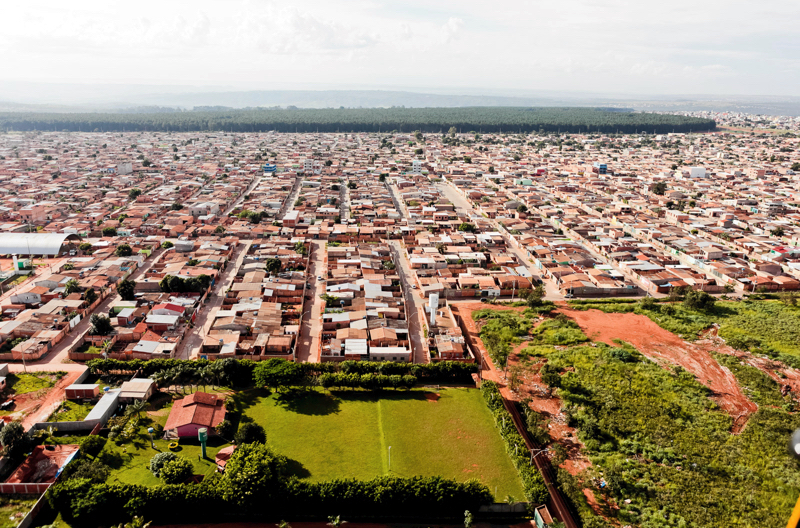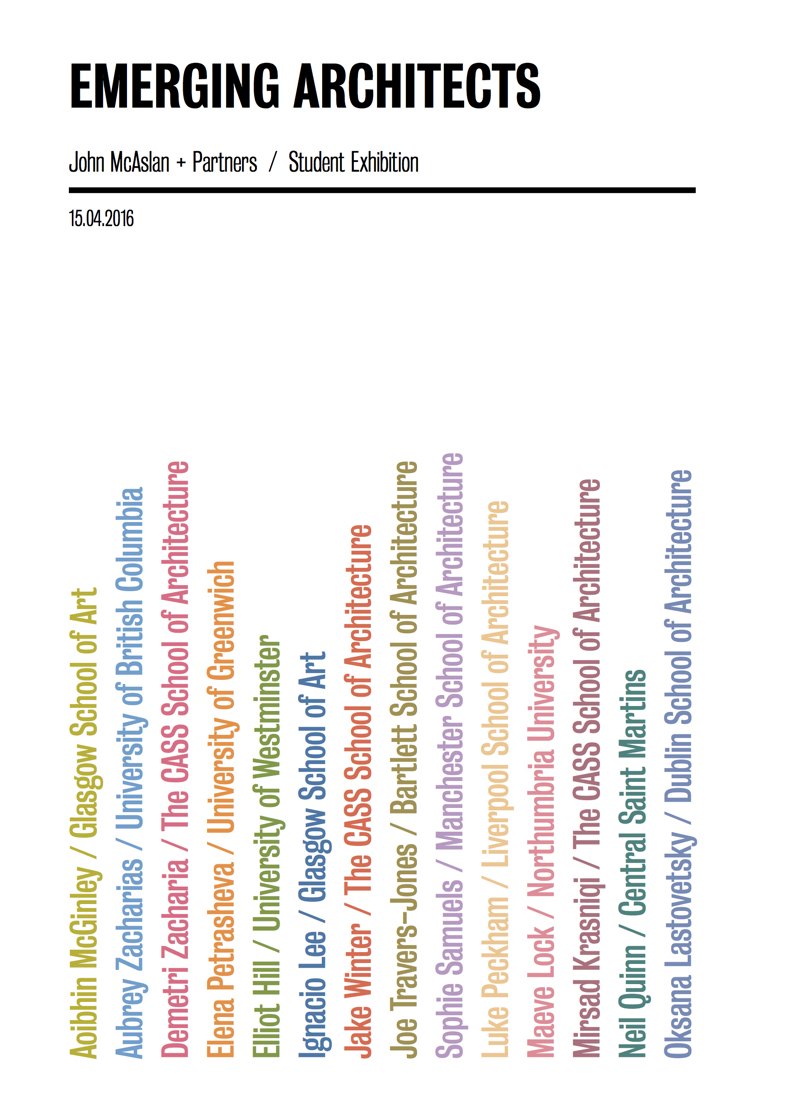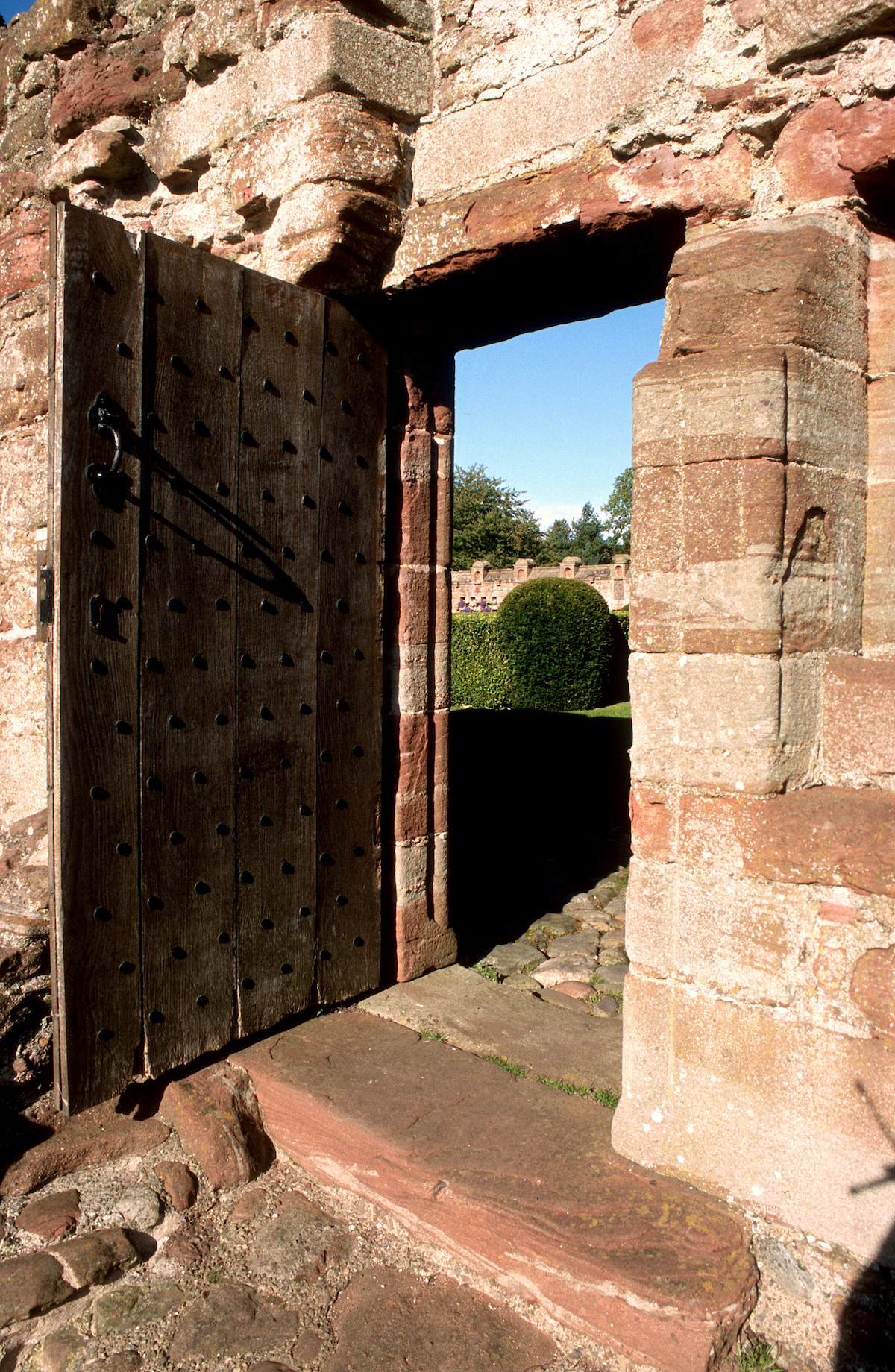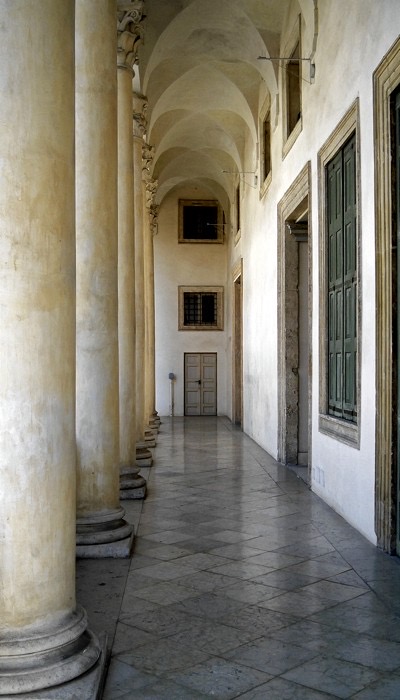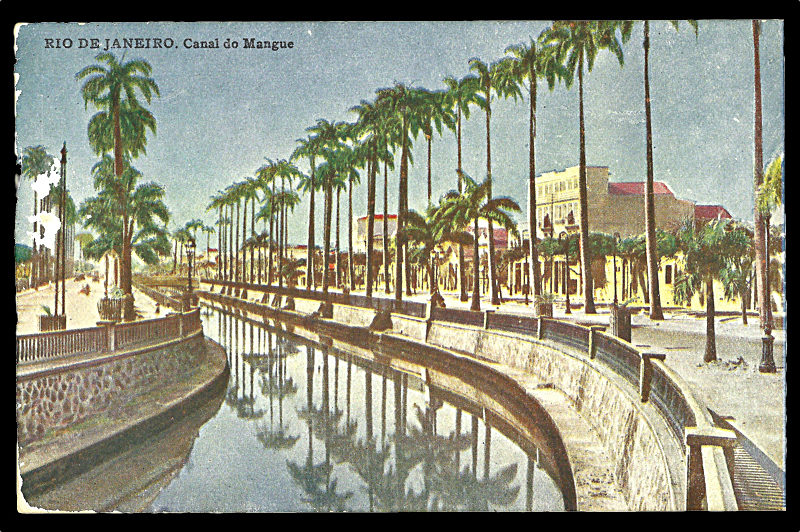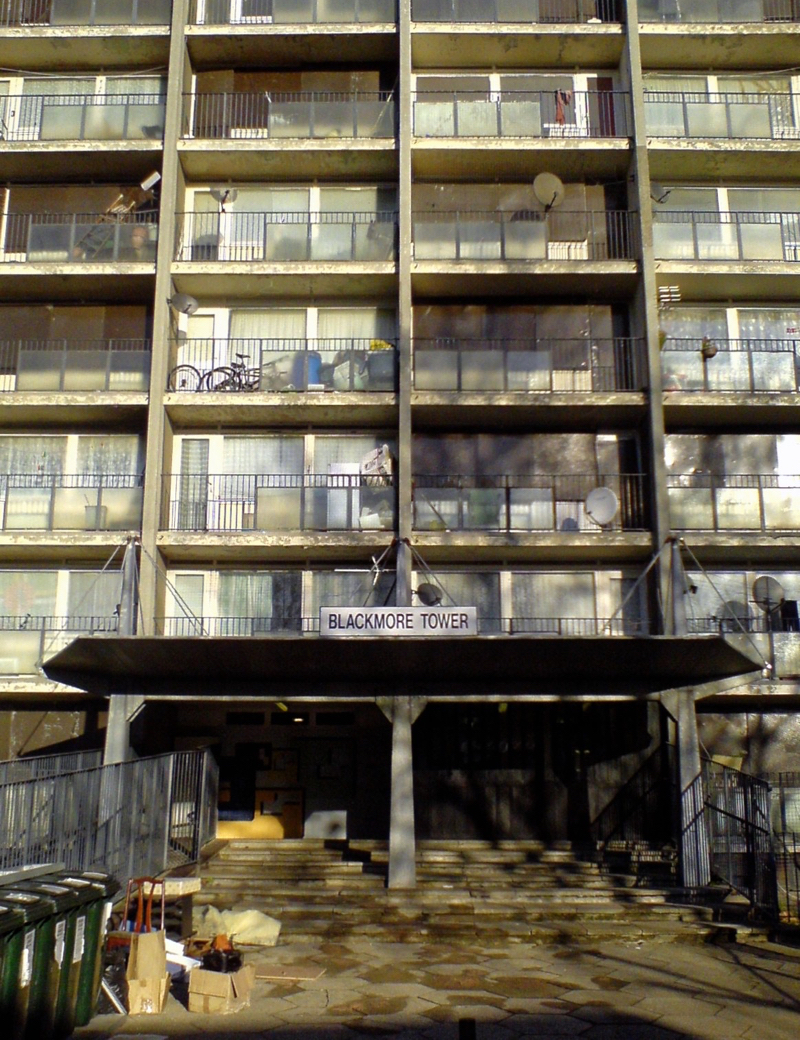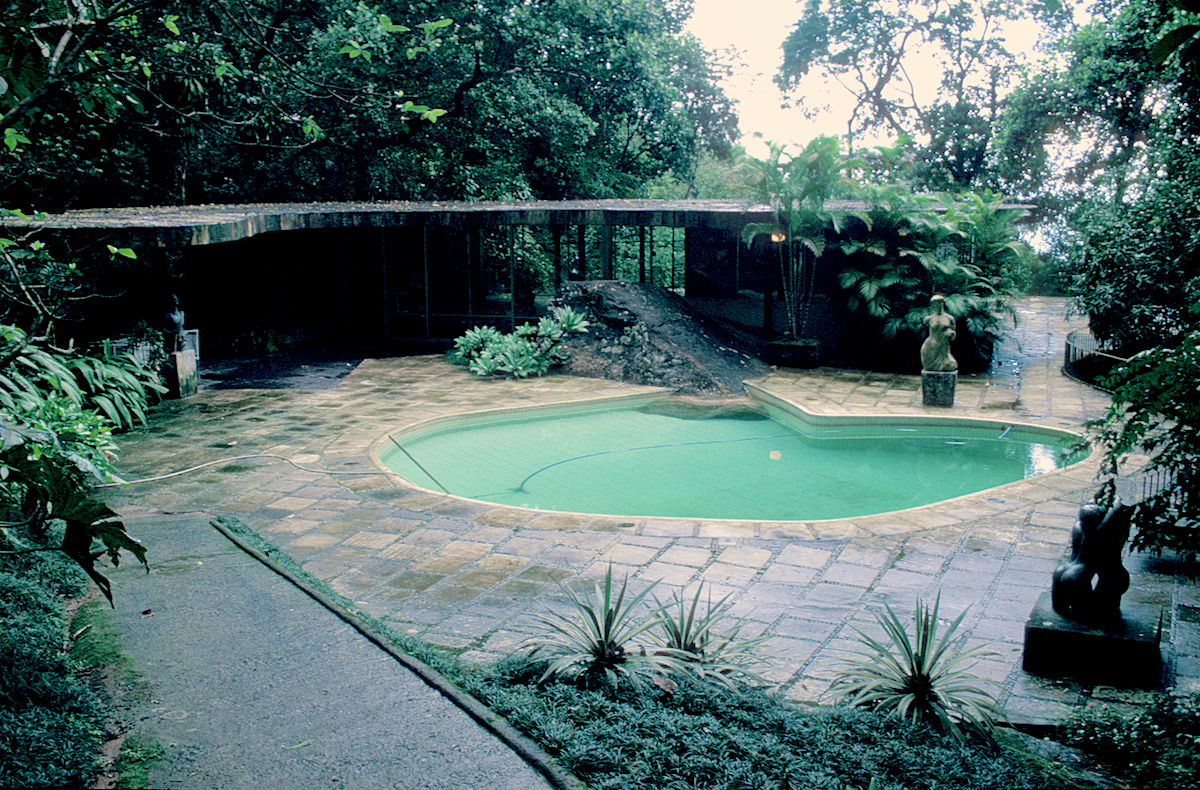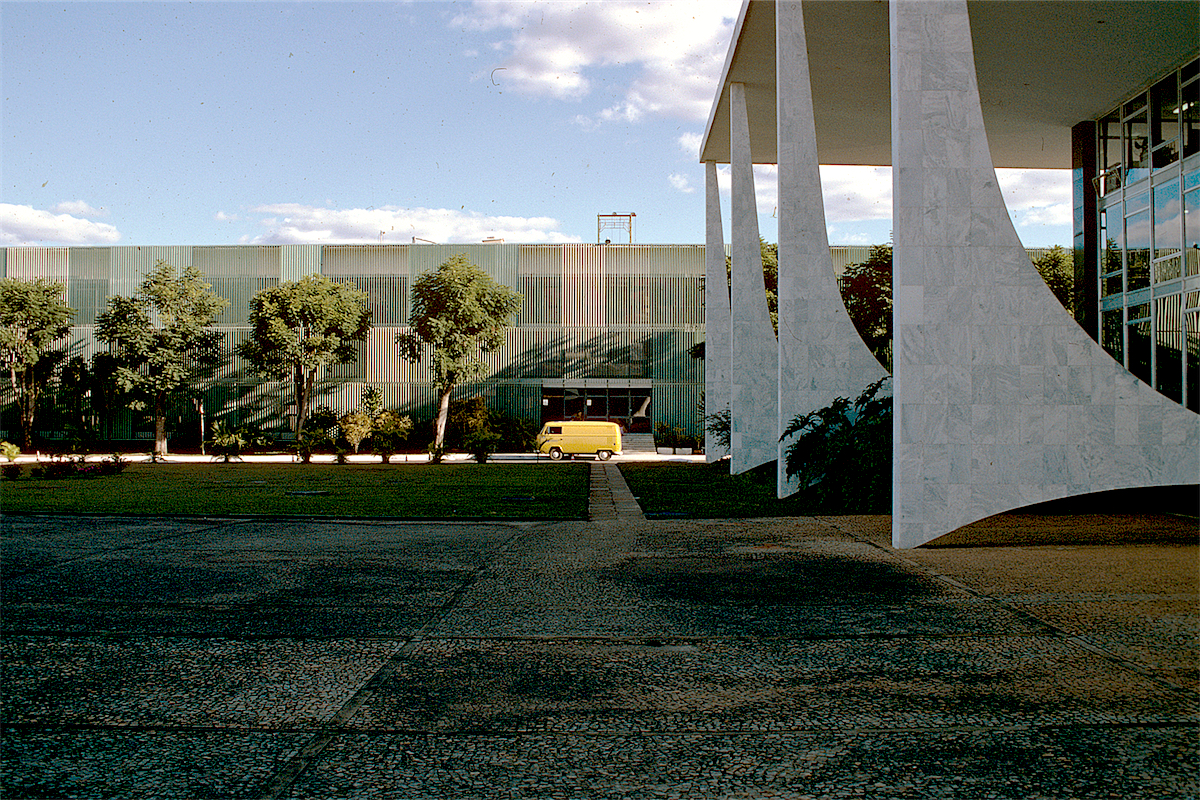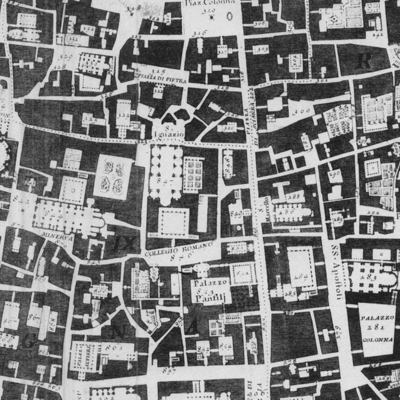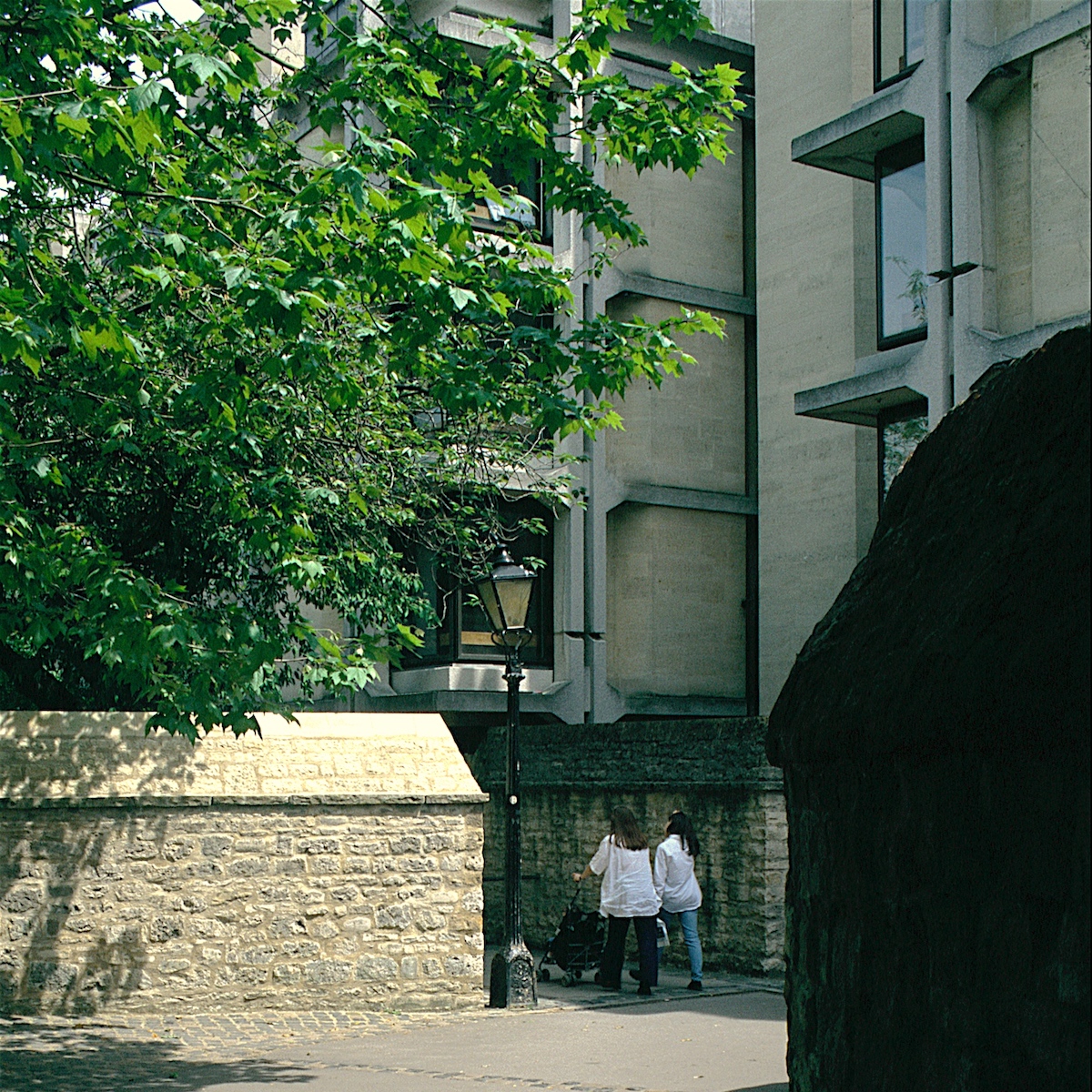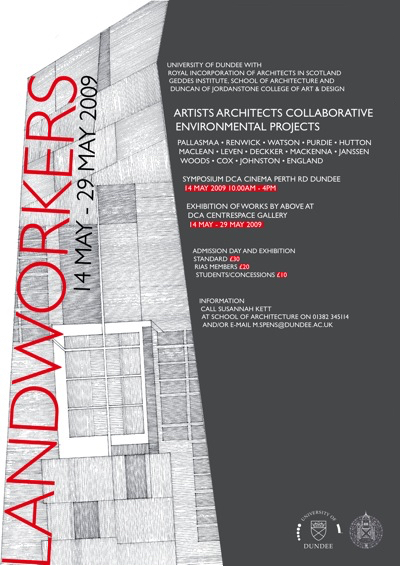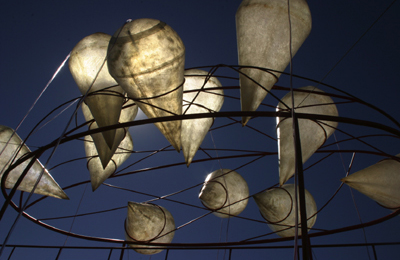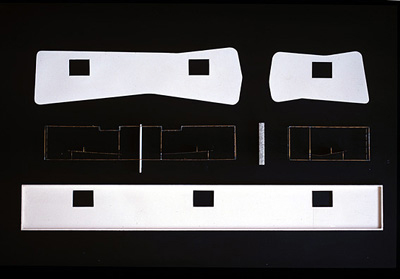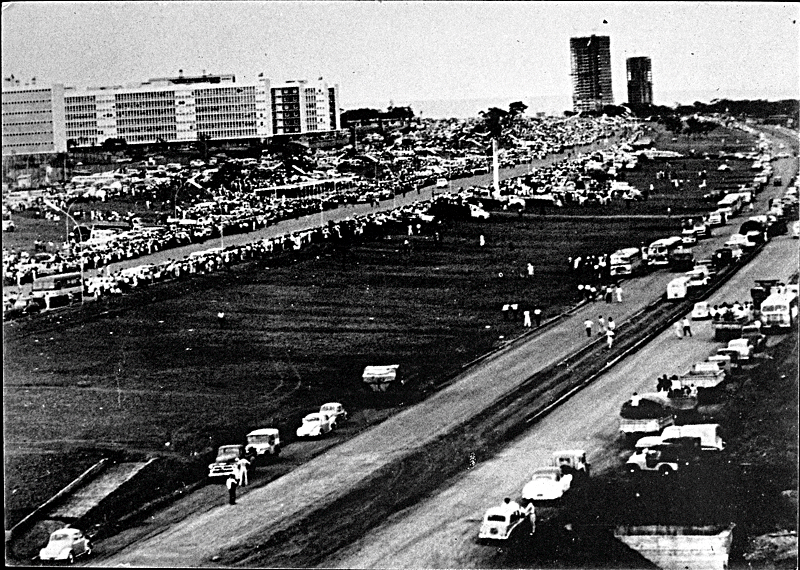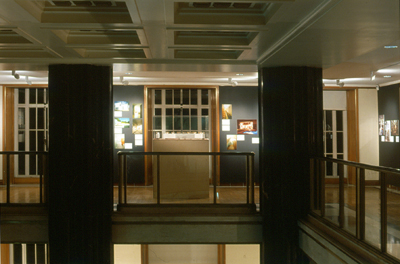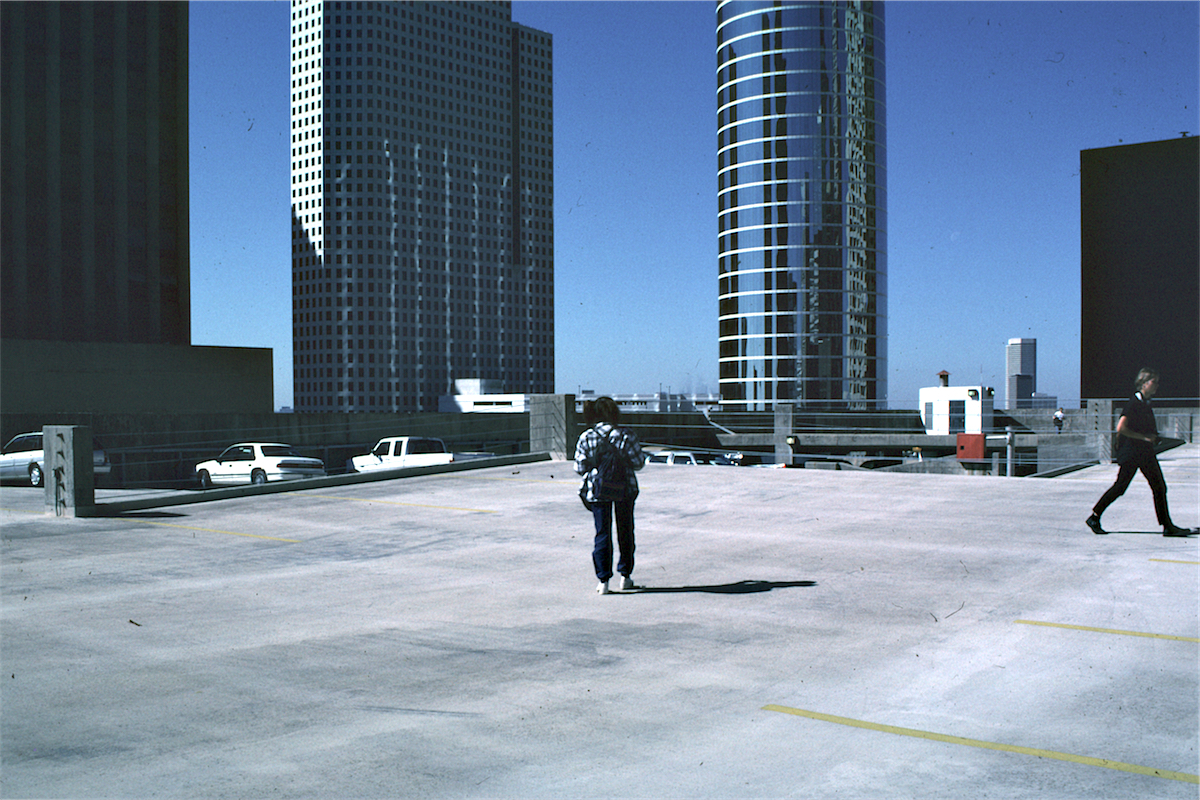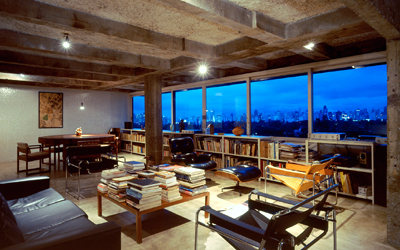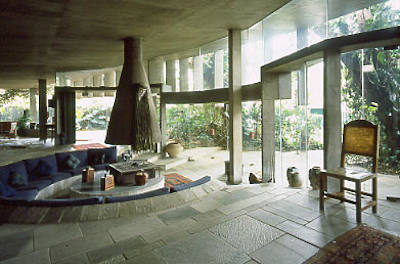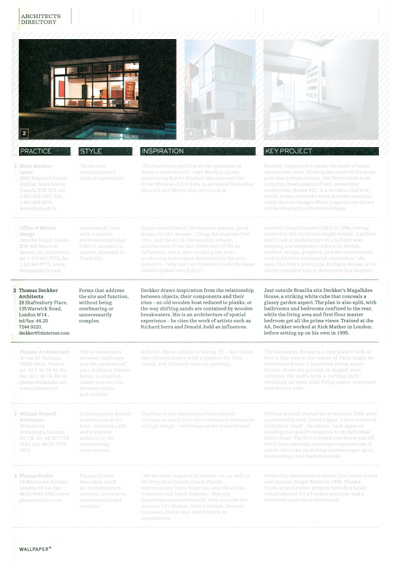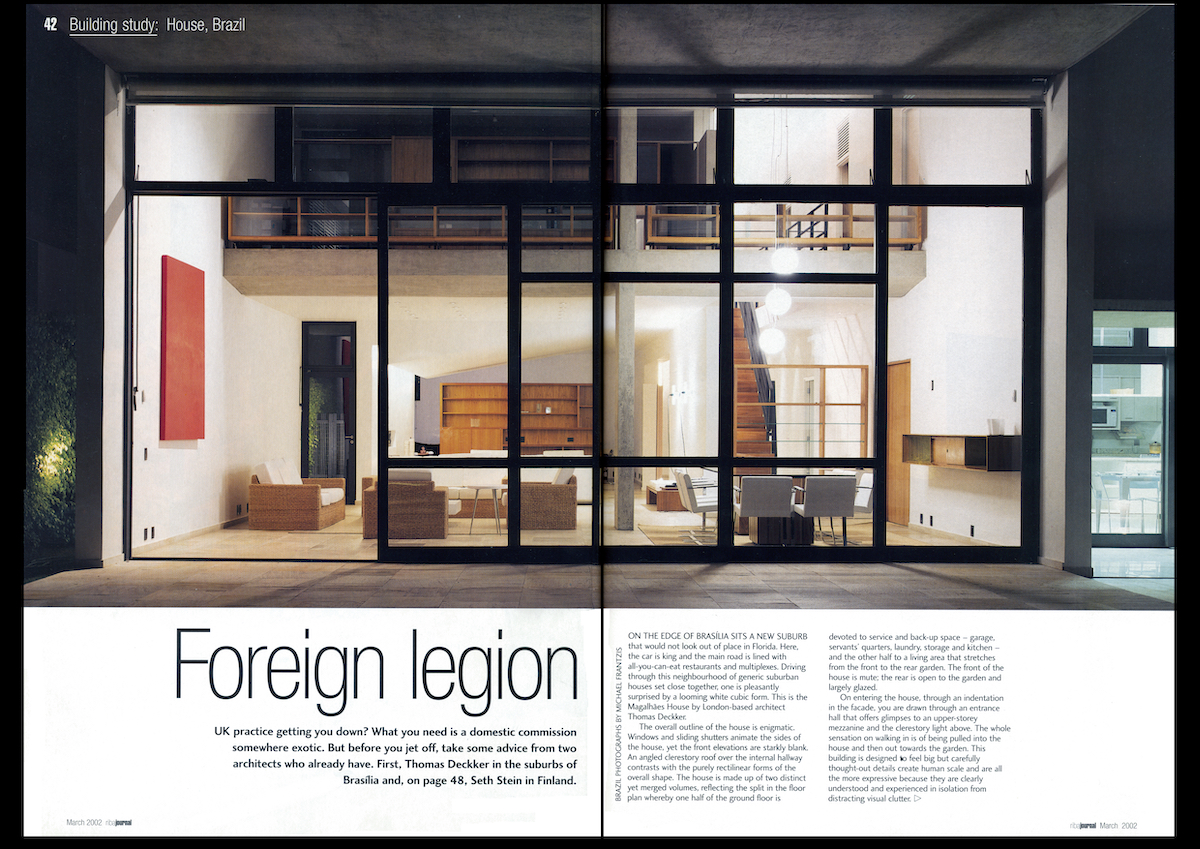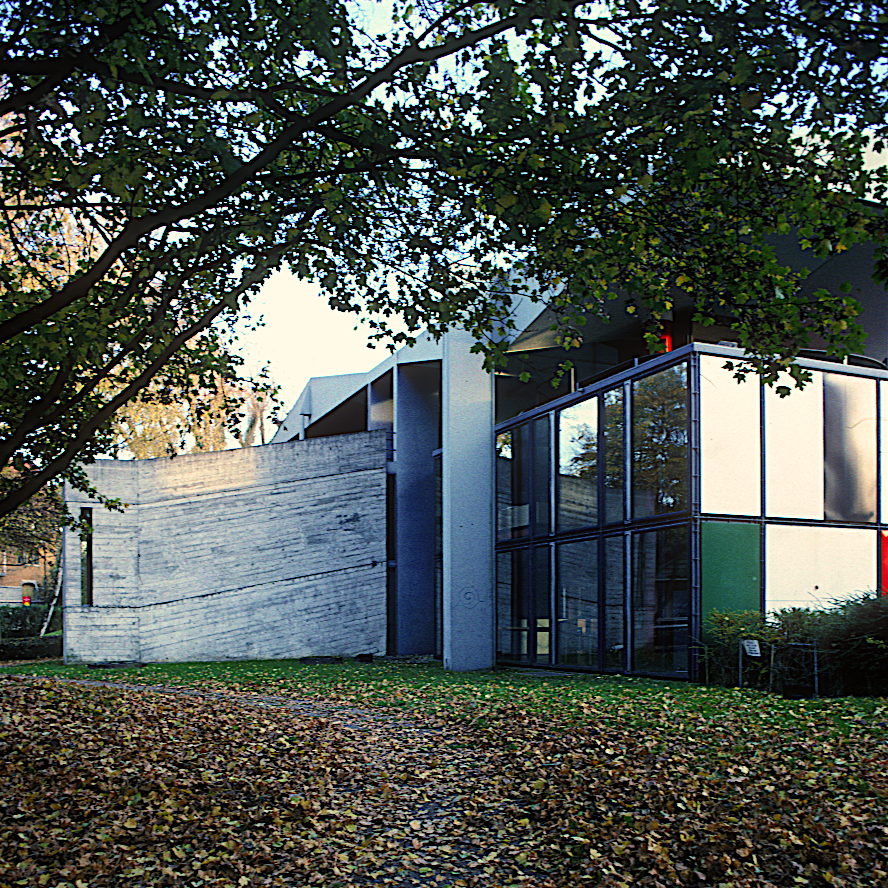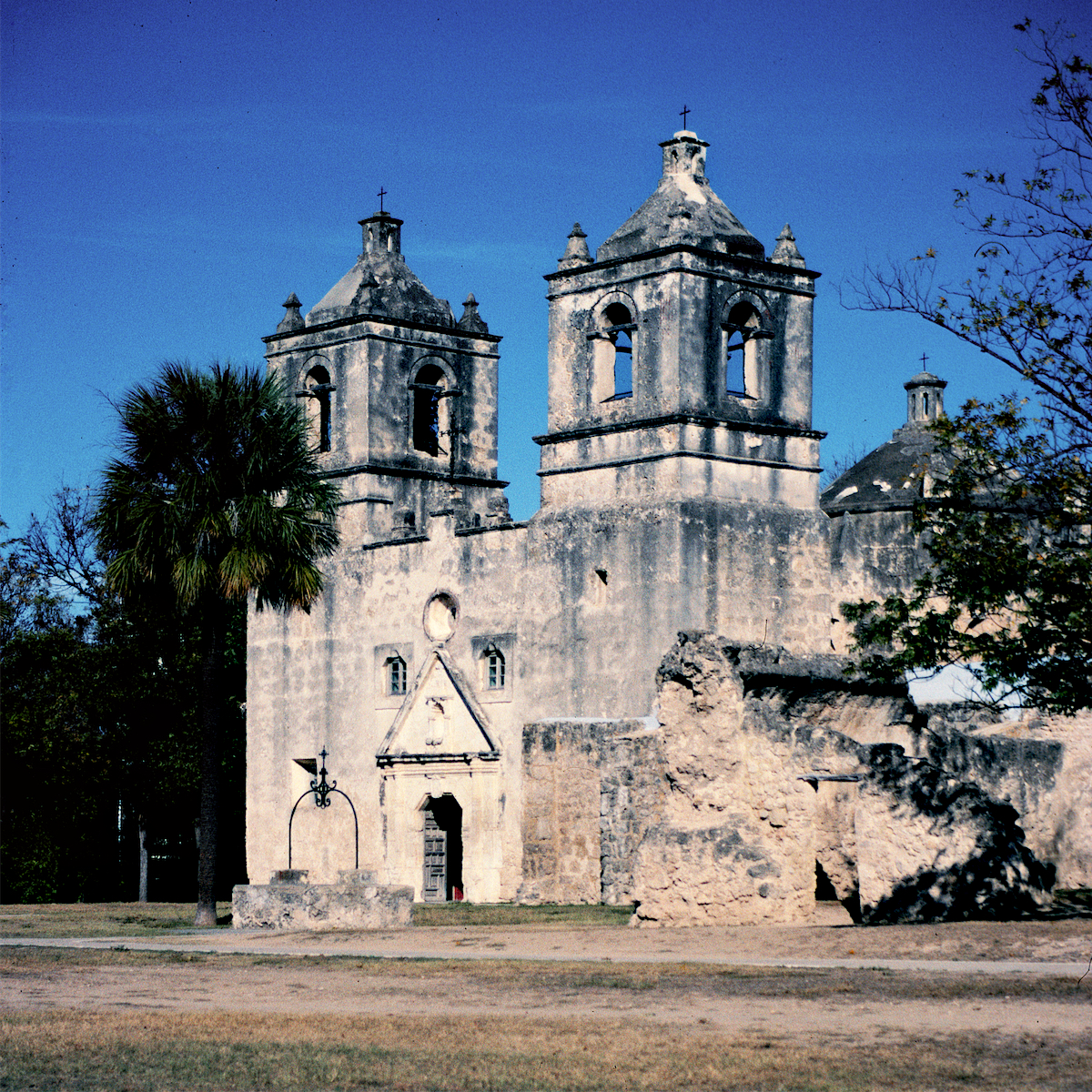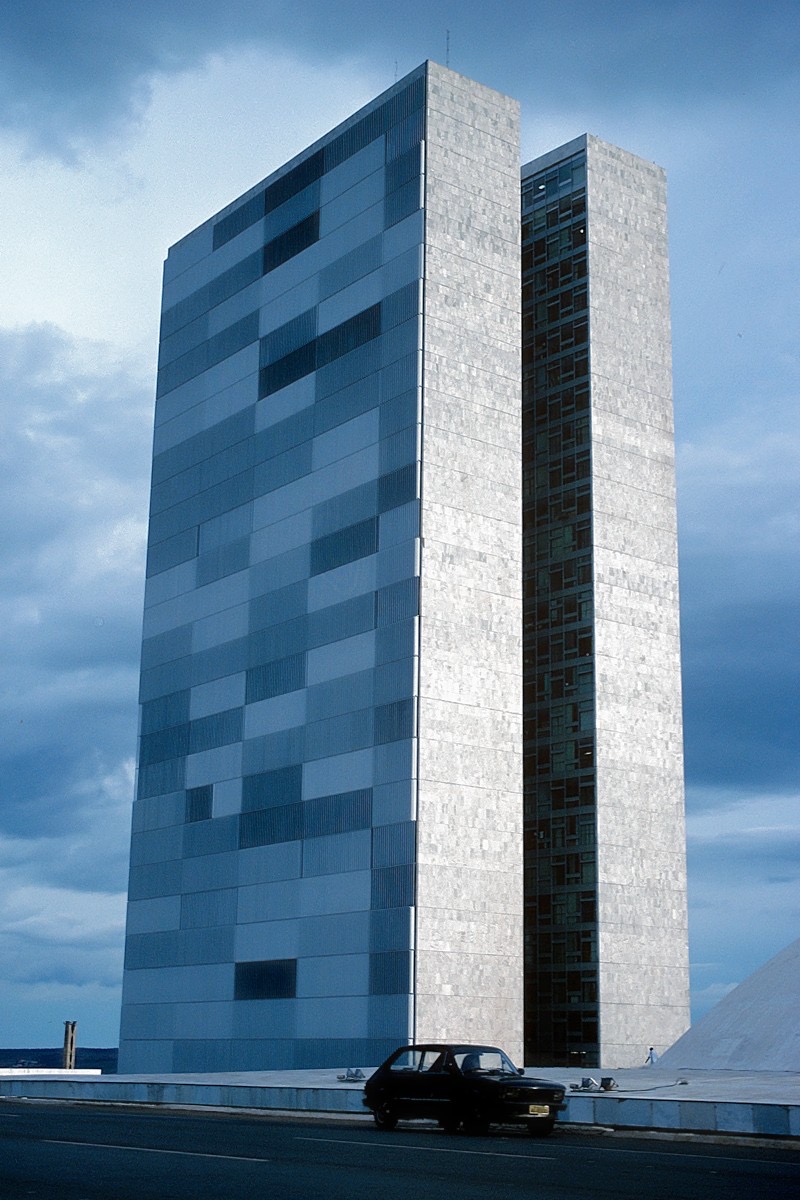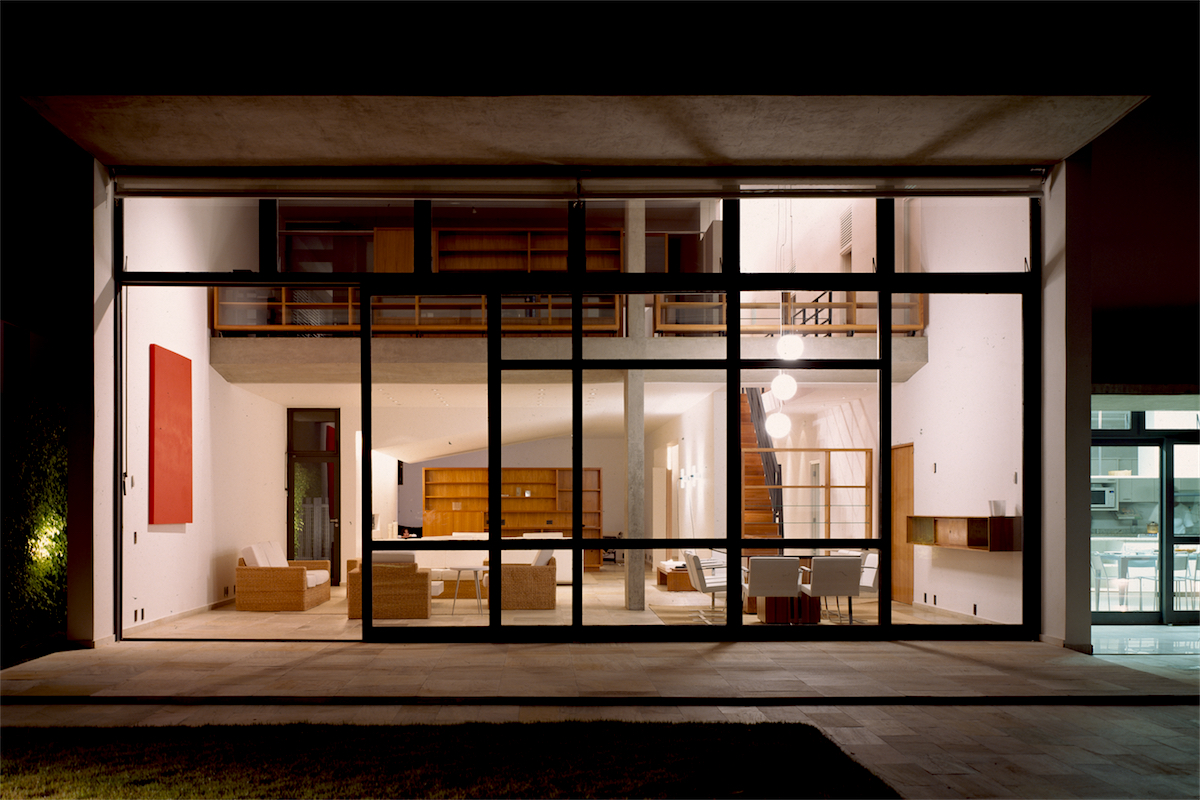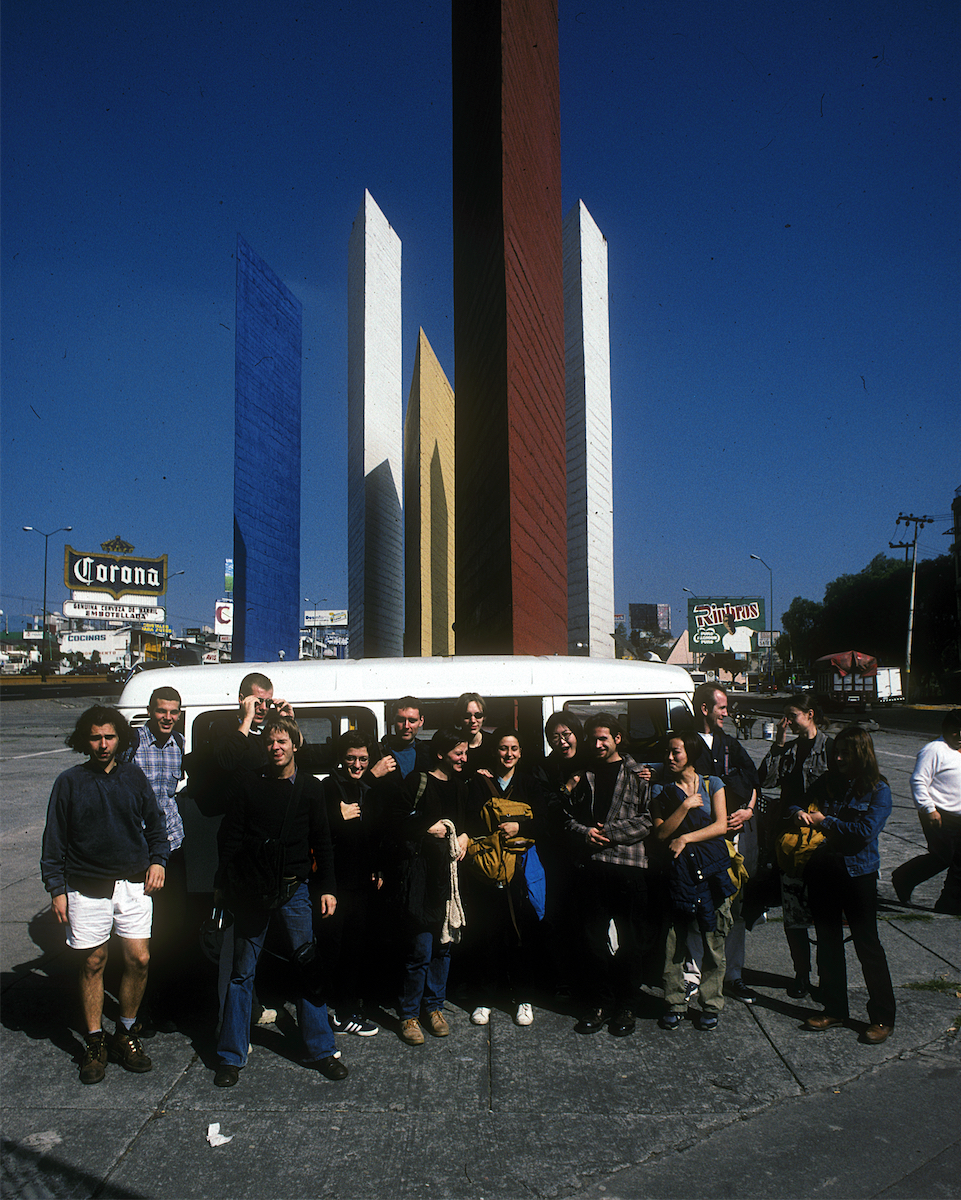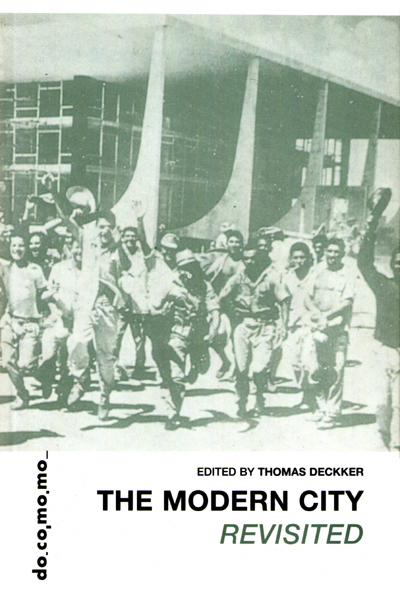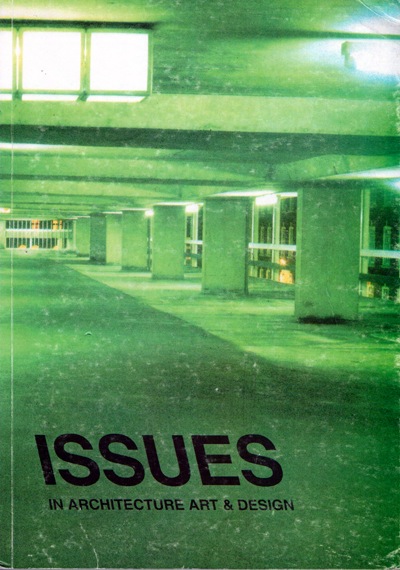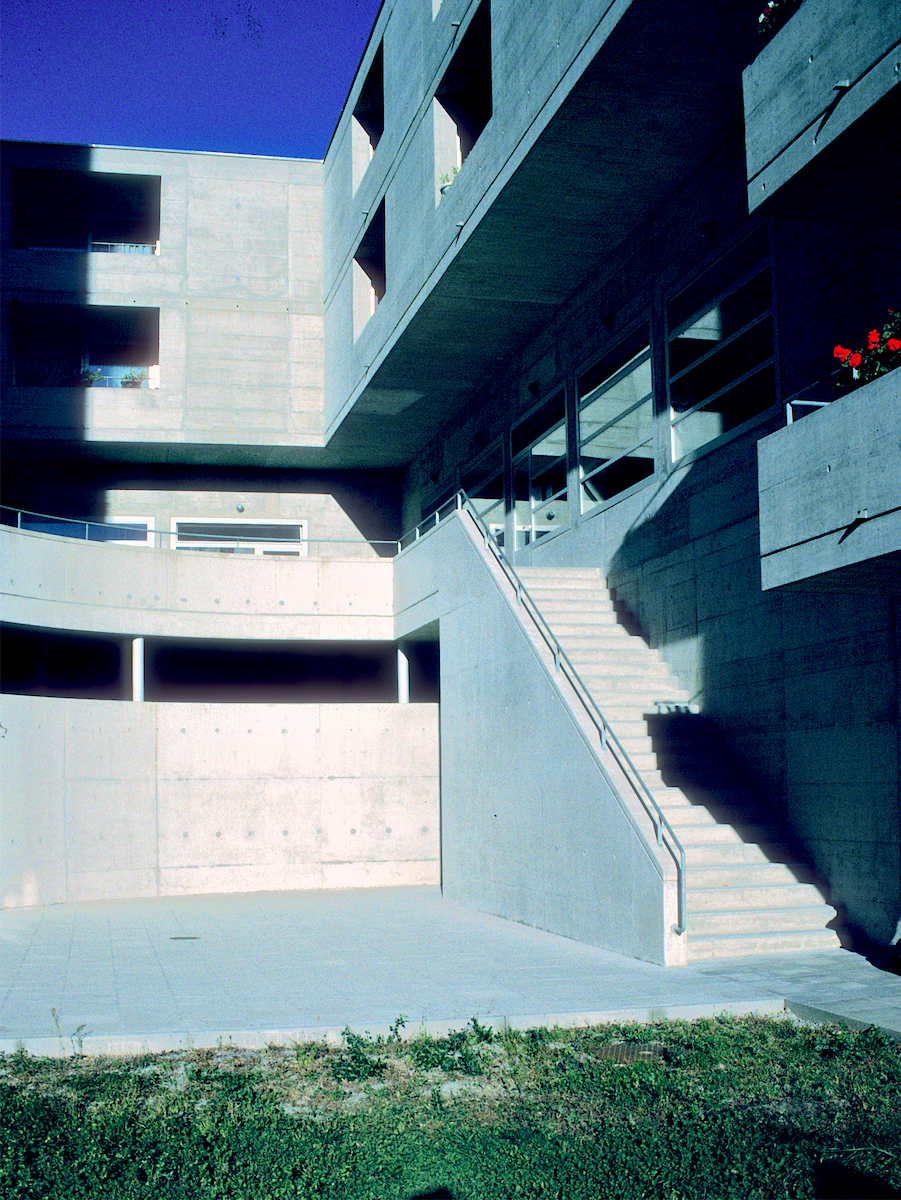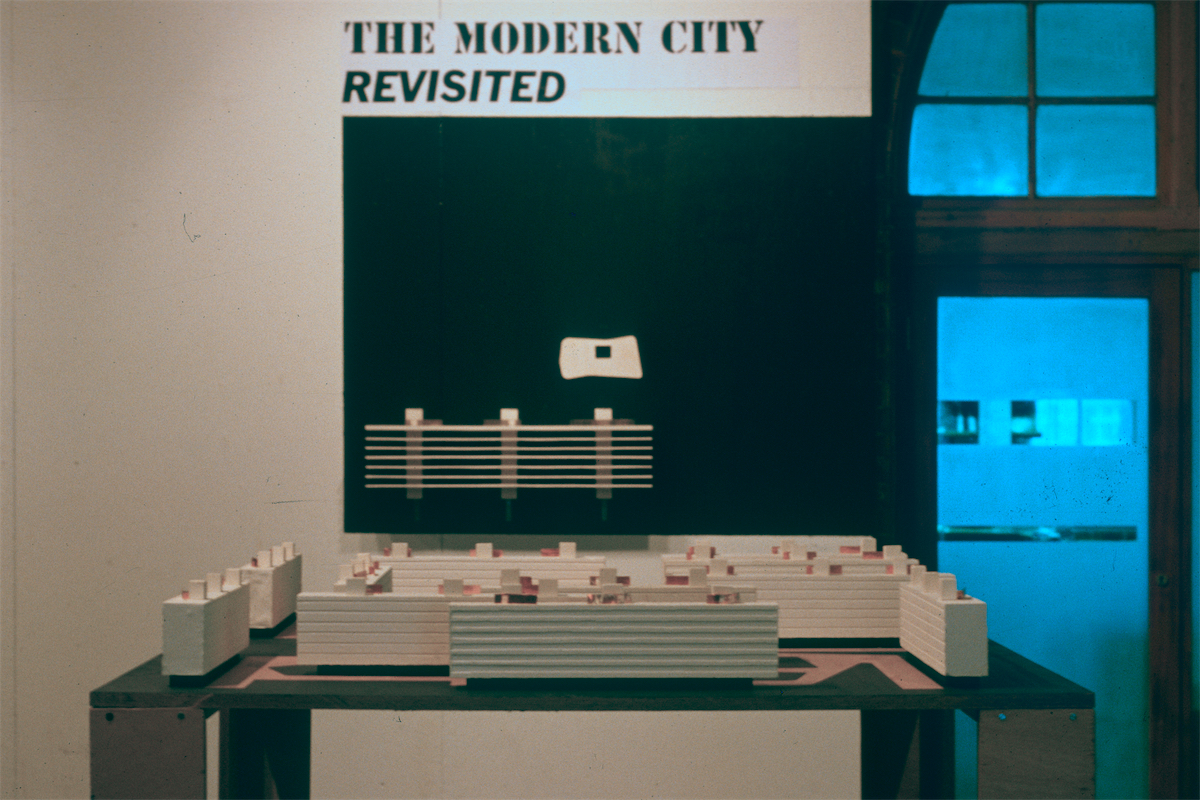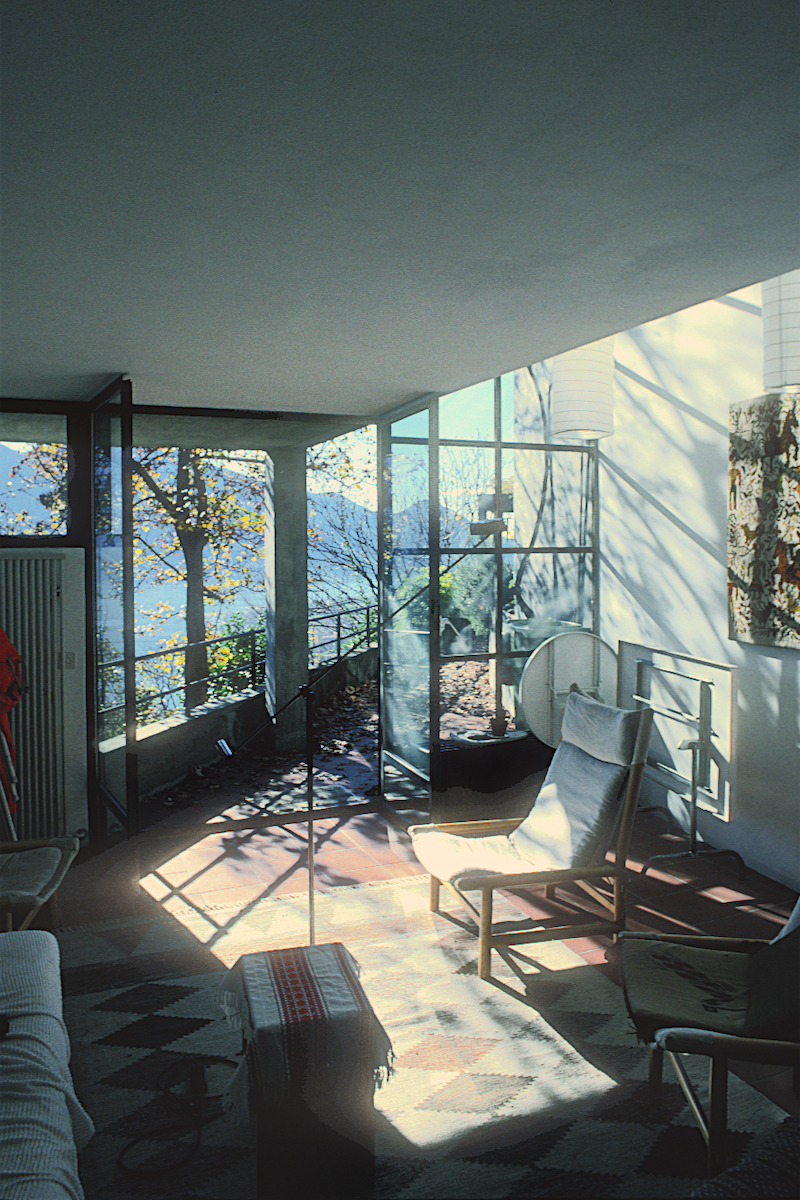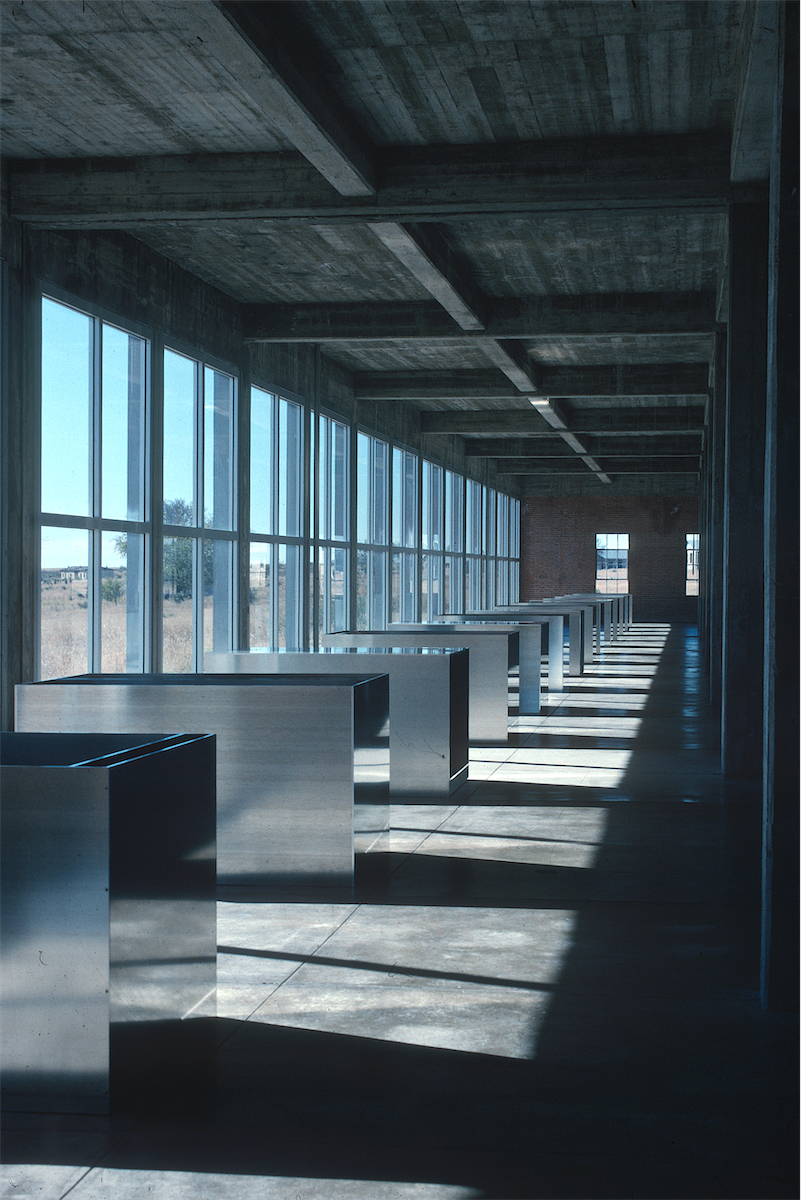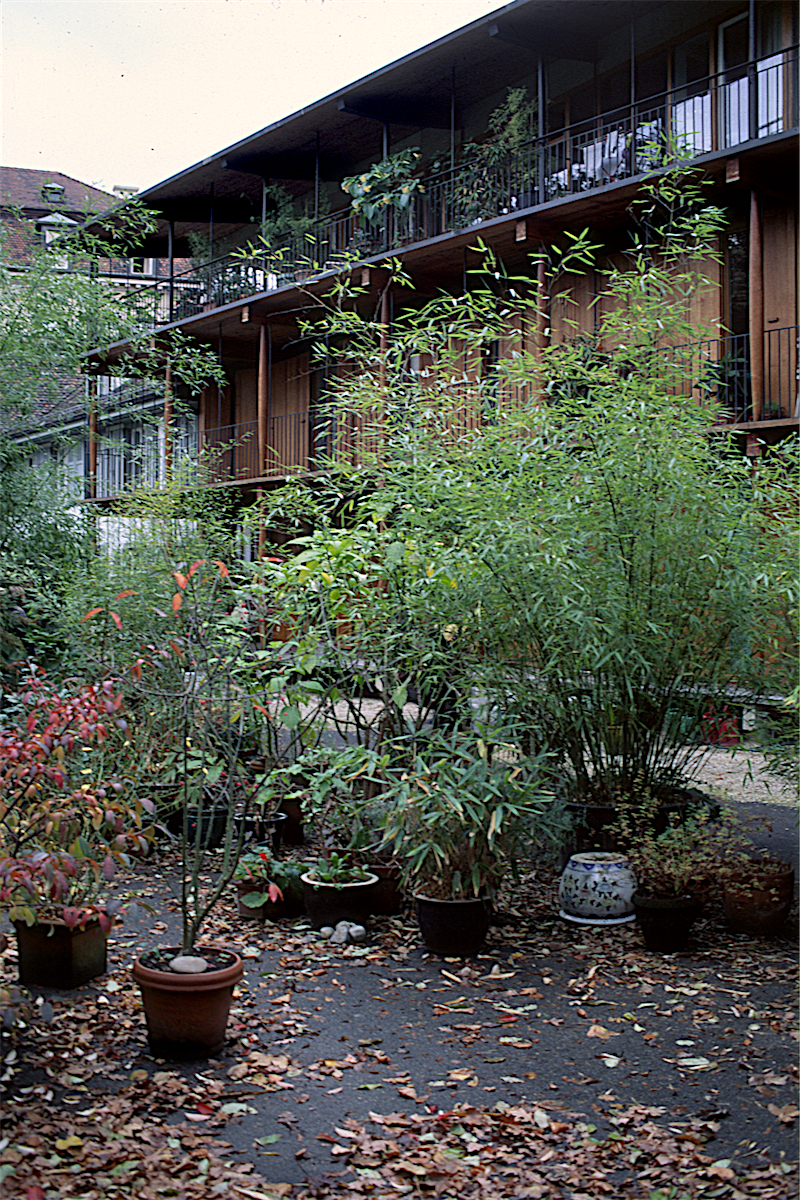thomas
deckker
architect
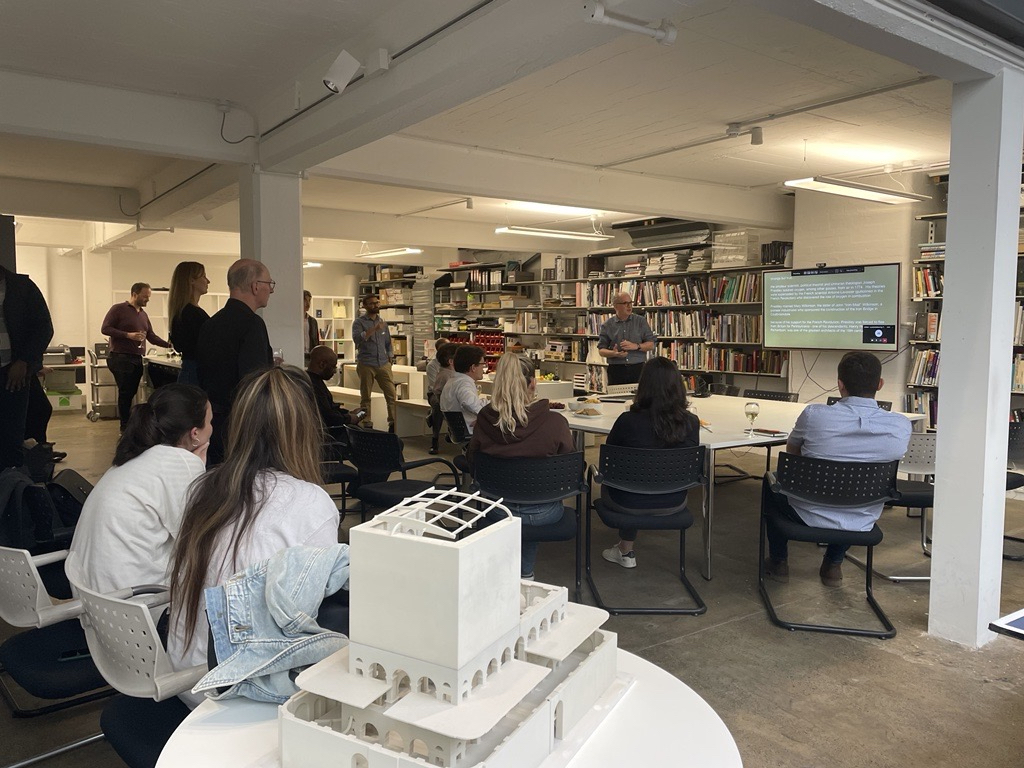
Talks at Veretec
2022-23
2022-23
BBC: The Inquiry
BBC World Service 2019
BBC World Service 2019
Brasília: Life Beyond Utopia
Brazil Institute, Kings College London 2016
Brazil Institute, Kings College London 2016
Brasília: Life Beyond Utopia
Architectural Design [April 2016]
Architectural Design [April 2016]
Two exhibitions for the McAslan Gallery
McAslan Gallery 2016
McAslan Gallery 2016
Edzell Castle: Architectural Treatises in Late 16th Century Scotland
Garden History Society 2014
Garden History Society 2014
Architecture and the Humanities
Architectural Research Quarterly 2014
Architectural Research Quarterly 2014
Urban Planning in Rio 1870-1930: the Construction of Modernity
Brazil Institute, Kings College London 2014
Brazil Institute, Kings College London 2014
Review of Remaking London: Design and Regeneration in Urban Culture
Architectural Research Quarterly 2013
Architectural Research Quarterly 2013
Life's a Beach: Oscar Niemeyer, Landscape and Women
The Rest is Noise Festival
South Bank, London 6 October 2013
The Rest is Noise Festival
South Bank, London 6 October 2013
BBC: Last Word
BBC Radio 4 7 & 9 December 2012
BBC Radio 4 7 & 9 December 2012
Brasilia: Fictions and Illusions
Brazil Institute, Kings College London 2012
Brazil Institute, Kings College London 2012
Connected Communities Symposium
University of Dundee 2011
University of Dundee 2011
Architecture + ESI: an architect's perspective
FESI [The UK Forum for Engineering Structural Integrity] 2011
FESI [The UK Forum for Engineering Structural Integrity] 2011
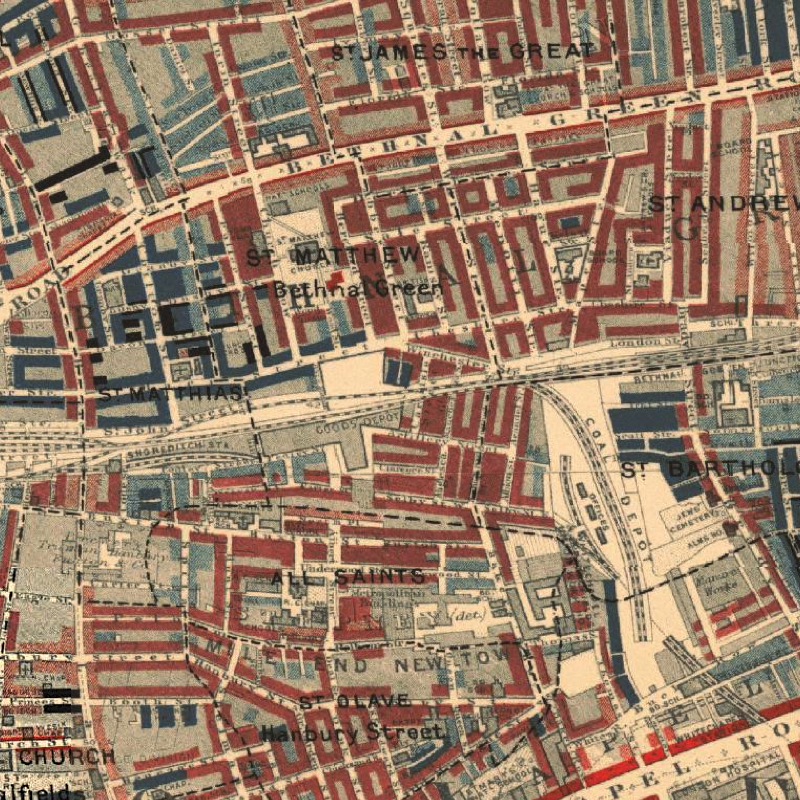
Review of Mapping London
Architectural Research Quarterly 2010
Architectural Research Quarterly 2010
The Studio of Antonio Carlos Elias
Epulis Fissuratum [Brasília 2006]
Epulis Fissuratum [Brasília 2006]
Urban Entropies: A Tale of Three Cities
Architectural Design [September 2003]
Architectural Design [September 2003]
New Architecture in Brazil - Photographs by Michael Frantzis
Brazilian Embassy, London
5-6 March 2003
Brazilian Embassy, London
5-6 March 2003
Natural Spirit (Places to Live 007)
Wallpaper* [January/February 2003]
Wallpaper* [January/February 2003]
Architects Directory
Wallpaper* [July/August 2002]
Wallpaper* [July/August 2002]
Foreign Legion RIBA Journal [March 2002]
Architects and Technology
The Encyclopaedia of Architectural Technology [London: Wiley 2002]
The Encyclopaedia of Architectural Technology [London: Wiley 2002]
Mexican-American Architecture
Mexican-American Encyclopaedia [2002]
Mexican-American Encyclopaedia [2002]
In the Realm of the Senses
Architectural Design [July 2001]
Architectural Design [July 2001]
Thomas Deckker: Two Projects in Brasília
Architectural Design [Oct 2000]
Architectural Design [Oct 2000]
First International Seminar on the Teaching of the Built Environment [SIEPAC]
University of São Paulo, Brazil
13-15 Sept 2000
University of São Paulo, Brazil
13-15 Sept 2000
Issues in Architecture Art & Design
vol. 6 no. 1 [University of East London 2000]
vol. 6 no. 1 [University of East London 2000]
Monte Carasso: The re-invention of the site
Issues in Architecture Art & Design vol. 5 no. 2 [University of East London 1998]
Issues in Architecture Art & Design vol. 5 no. 2 [University of East London 1998]
Specific Objects / Specific Sites
Rethinking the Architecture / Landscape Relationship, University of East London,
26-28 Mar 1996
Rethinking the Architecture / Landscape Relationship, University of East London,
26-28 Mar 1996
Herzog & deMeuron
Issues in Architecture Art & Design vol. 3 no. 2 [University of East London 1994]
Issues in Architecture Art & Design vol. 3 no. 2 [University of East London 1994]

The History of Construction, Veretec
2022
2022
Talks at Veretec
Introduction
Thomas Deckker was appointed Senior Architect at Veretec, a multiple award winning executive architectural practice, in 2021. Following the commission to execute the renovation of a the Army and Navy Warehouse in Greycoat Place, London SW1, originally designed by Sir Reginald Blomfield, Thomas Deckker was asked to present some talks on the history of construction. These talks expanded to include his special subject, Brasilia.
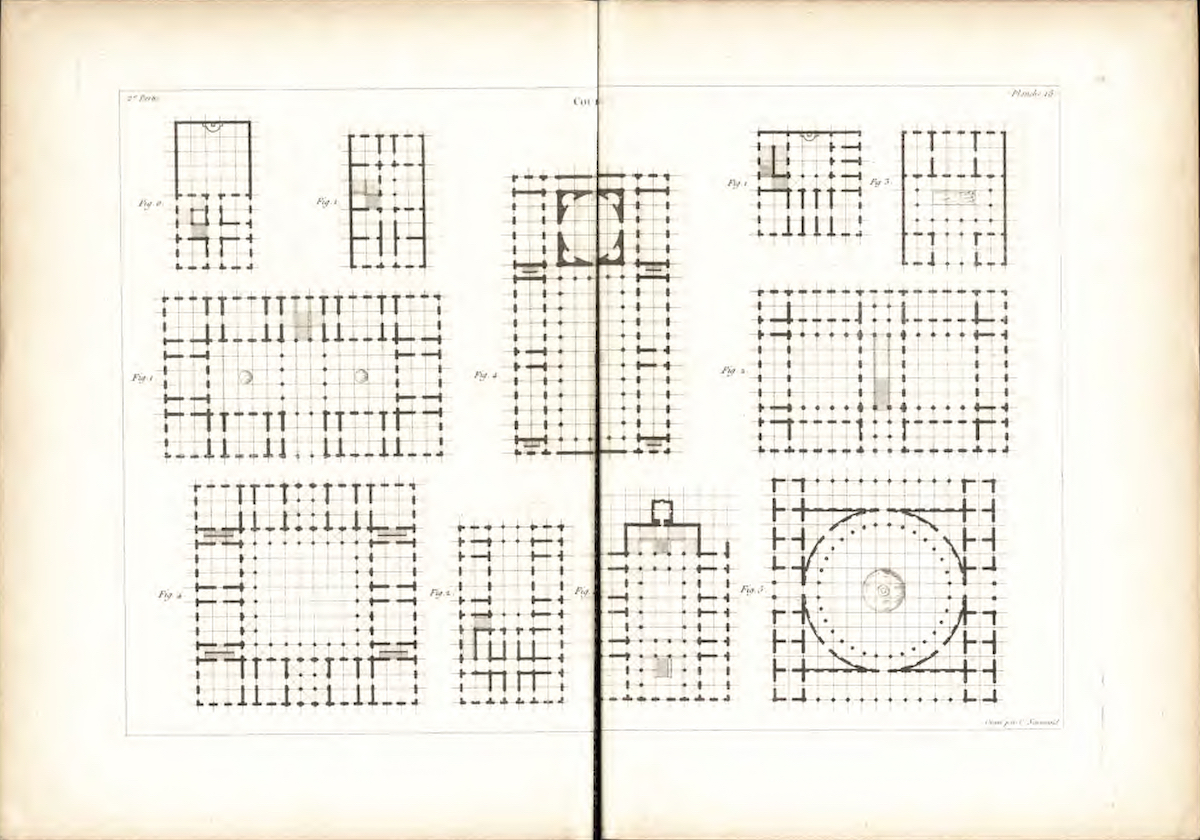
Jean-Nicolas-Louis Durand: Recueil et parallèle des édifices de tout genre
Paris 1800
Paris 1800
Iron and Clinker
Modern building construction sprang from 2 sources: on the practical side, mill buildings - a combination of heavy masonry walls, cast iron columns, wrought iron beams, and masonry jack arches, that developed in textile mills mainly in the Derwent Valley in England, and the theoretical abstractions of Jean-Nicolas-Louis Durand, head of the École Polytechnique in Paris. In Précis des leçons d'Architecture données à l'École Polytechnique (Paris 1800), Durand was the first architect to design using a combination of structural and planning grids, and illustrated designs for buildings as combinations of functional units in both plan and elevation. These 2 strands were exemplified in the work of Henri Labrouste and Karl Friedrich Schinkel. Labrouste can be considered the first modern architect in France, superseding architects like Claude-Nicolas Ledoux. Schinkel was brought up with the rationality of Durand but sent as a spy to England in 1826 to record mill buildings for future use in the industrialising Prussian state.
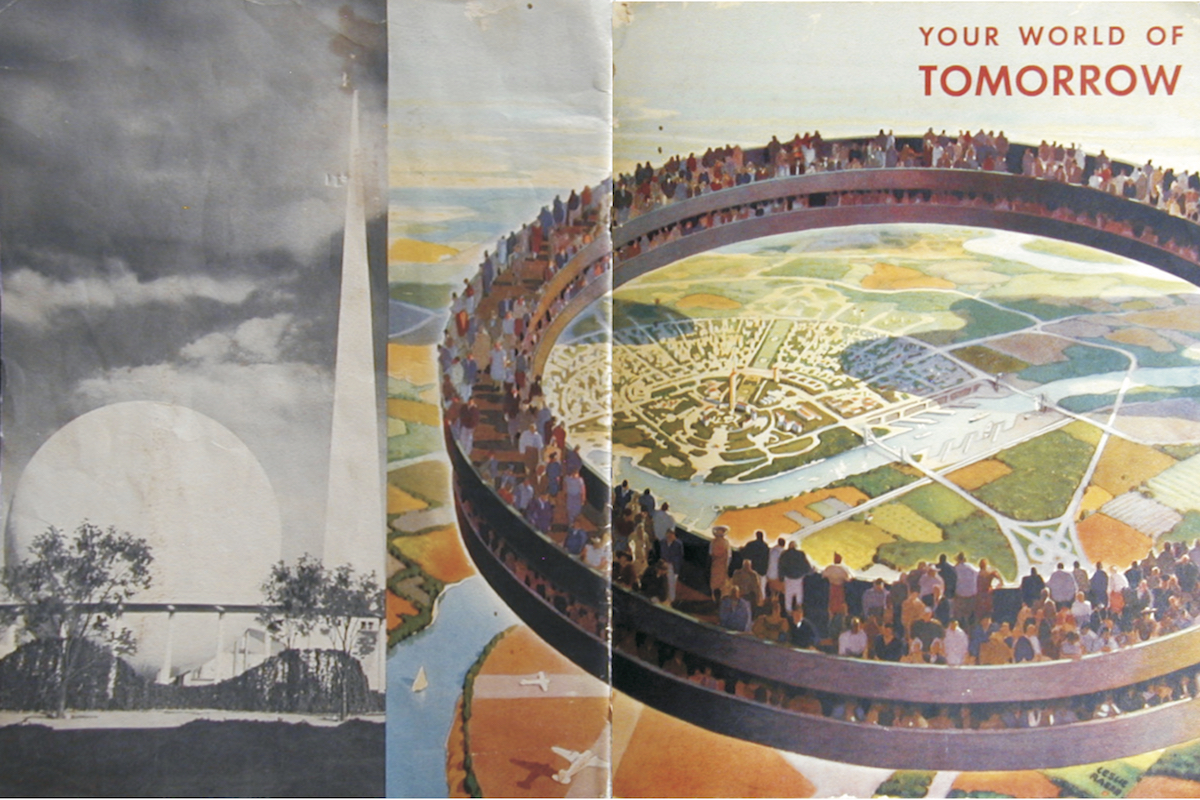
Wallace K. Harrison & J. Andre Fouilhoux / Henry Dreyfuss: Democracity
New York Worlds Fair 1939
New York Worlds Fair 1939
Brasilia
This talk was based on the latest research into Brasilia, which showed its allegiance to political and architectural ideals stemming from the New Deal in the United States in the preceding 2 decades.
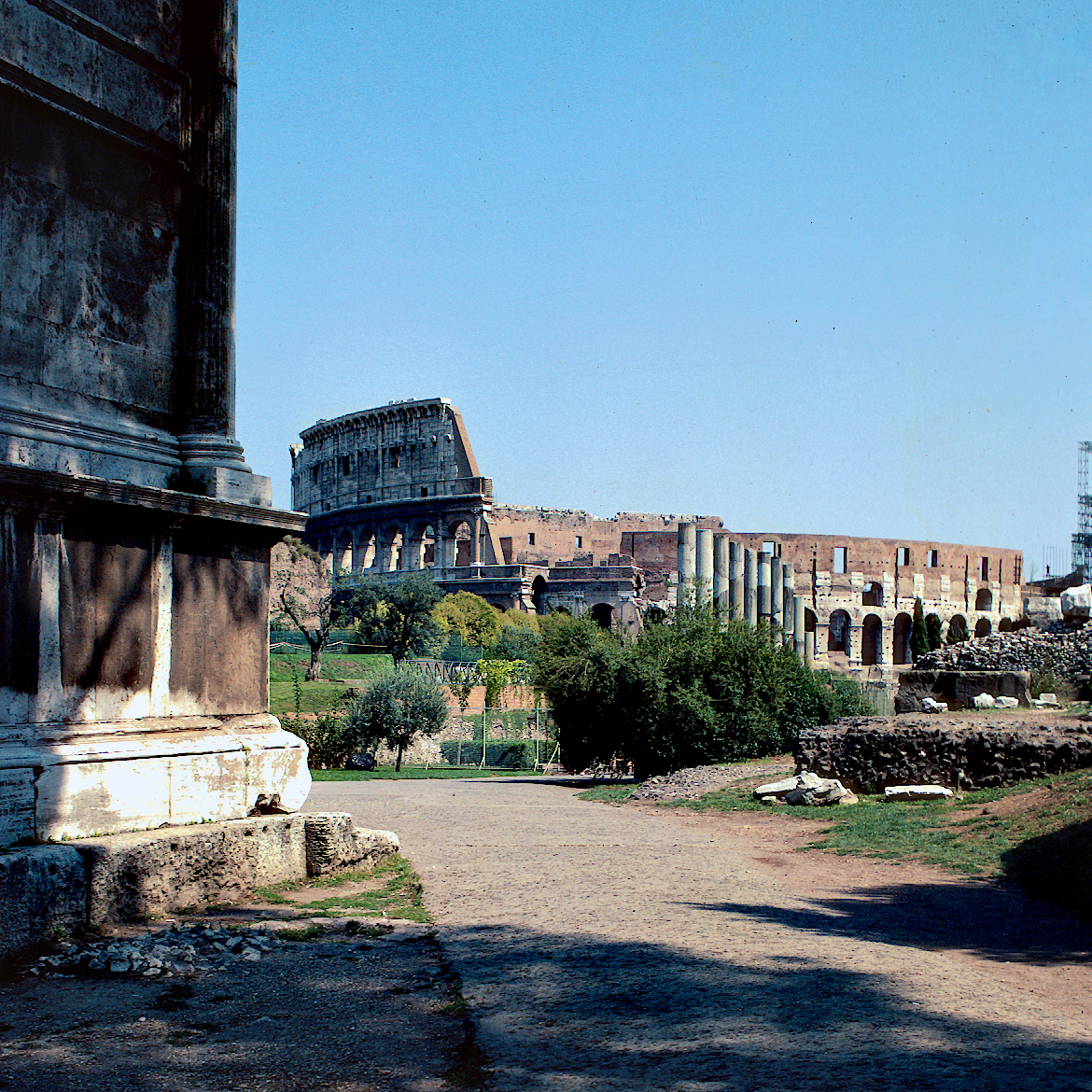
Flavian Amphitheatre, Rome (70-80 AD)
photo © Thomas Deckker 1984
photo © Thomas Deckker 1984
Concrete and Stone
The development of waterproof concrete in Imperial Rome allowed architects to make buildings of exceptional size and spatial complexity. The knowledge of making pozzolano concrete died out with the fall of Rome, never to be revived. During the phases which, by leaps and bounds, architecture was reborn in Europe - the Carolingian Renaissance of the 800s and the development of Norman Romanesque in the 1000s, masons at first tried to reproduce the forms of Roman buildings in stone but later, in the flowering of Gothic around 1200, finally broke free from this aesthetic preference and created more structurally appropriate forms. When architects replaced masons in the Italian Renaissance of the 1400s, and returned to Roman aesthetics, the cutting of stone passed from a vernacular practice to the science of stereotomy. Stereotomy gave architects the mathematical tools for integrating buildings and landscape, exemplified by the military engineer Sébastien Le Prestre de Vauban.
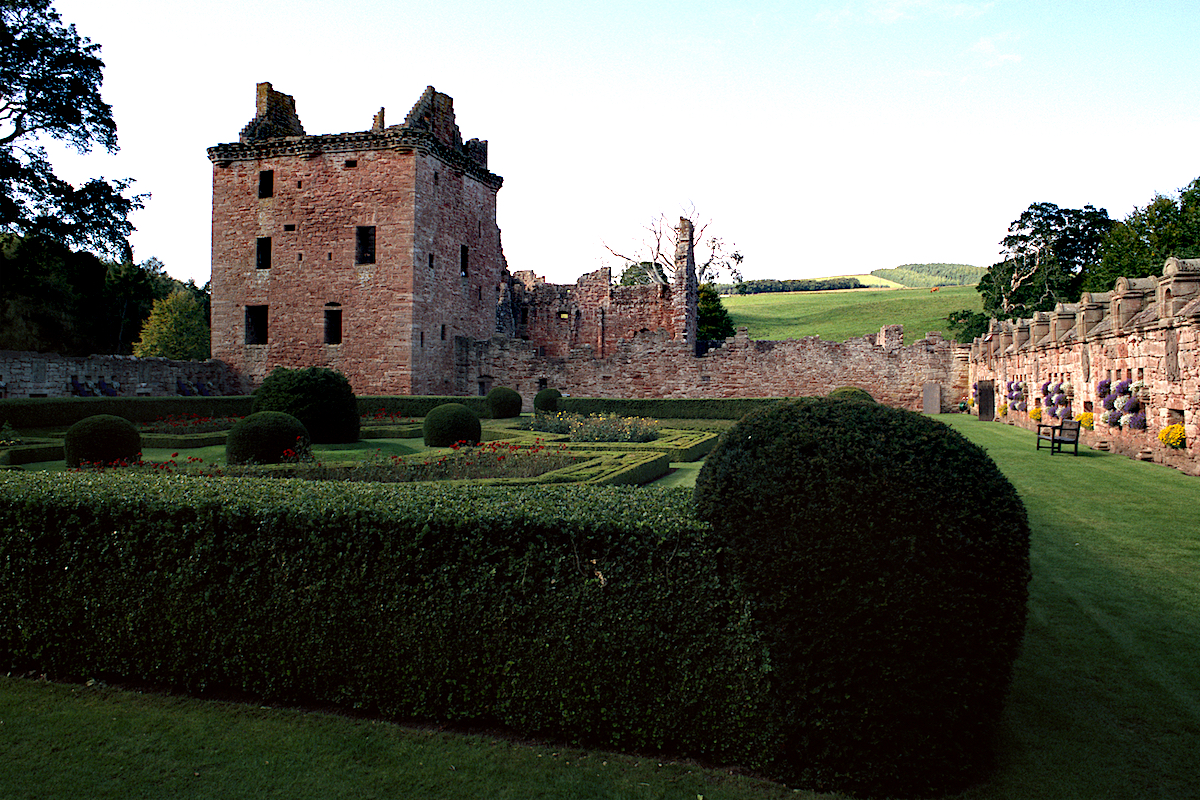
The Garden of Edzell Castle
photograph © Thomas Deckker 2014
photograph © Thomas Deckker 2014
Edzell
Thomas Deckker presented a talk on Edzell Castle, based on an article he had published in the Journal of the Garden History Society. The renaissance garden at Edzell was a witness to, and emblem of, the cultural changes in Scotland in the late 16th century:
David Lindsay's garden at Edzell Castle was part of a larger enterprise of novel and sophisticated ideas - on architecture, gardening, cooking, hygiene and even mining - that transformed Scottish culture at the end of the sixteenth century. Scottish nobles looked, for a cultural model, to their peers in France, especially the Loire Valley and the Île-de-France, where a distinctively French culture had emerged among a new class of educated nobles, courtiers and administrators earlier in the century; they mixed a progressive development of the arts of civilisation with symbolic forms derived from the feudal past, to emphasise their - in many cases mythical - lineage.
